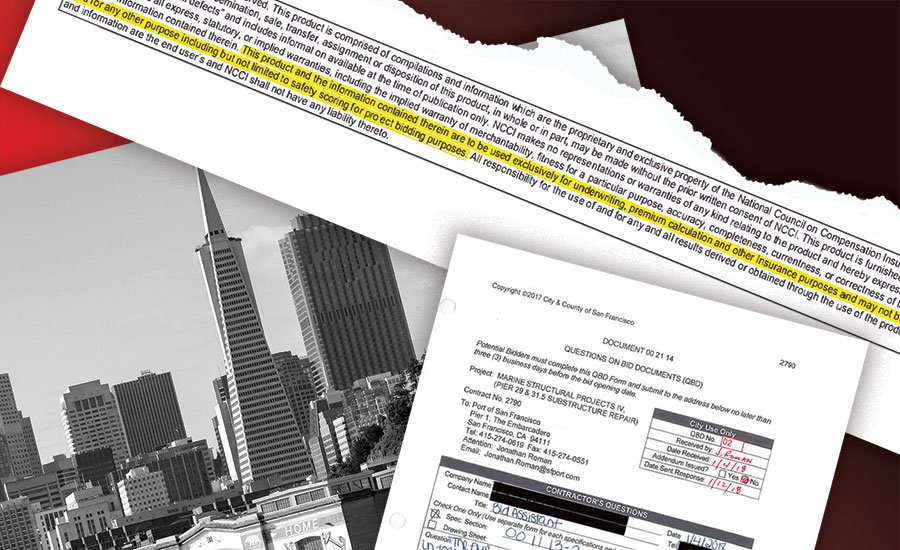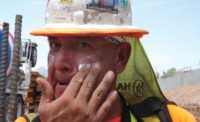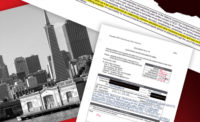It started in Houston last November during comments at the International Risk Management Institute’s annual construction conference. The chief actuary of the workers’ compensation industry’s biggest ratemaking entity mentioned to the conference audience her organization’s stepped-up efforts to discourage misuse of the experience ratings needed in setting premiums. Many owners and prime contractors use the rating as a pass-fail test for prequalifying contractors.
In the audience, the insurance director of a contractor turned to me and said, “We use our EMR to compete all the time.” That started ENR down the road to its April 22 cover story, “The Mismeasure of Safety.”
The issue was not new. Scholarly studies had pointed out that an experience modification rating, calculated by using an employer's workers’ comp losses and expected losses used to adjust the premium, by itself should never be used to judge a company as safe or unsafe. Small contractors for various reasons lose out when that is done. But the issue had never been explored at length within a construction-only context.
To kick off the reporting, I posted a viewpoint on ENR.com inviting comments and suggestions from readers. The posted comments and private emails sent to me played a crucial role in framing the issues we decided to address.

To continue the reporting and write the main text of the story, I turned to one of ENR’s most valuable resources, freelance writer Scott Van Voorhis. A Boston-based business journalist with a graduate degree from Columbia University’s journalism school, he has for five years written some of ENR’s most important business news and feature stories. He was well prepared for ENR. Early in his career he wrote about complicated development and finance issues for suburban newspapers and eventually became a reporter and columnist for the Boston Herald. One of Van Voorhis’ talents is explaining complex matters to a wide audience, a skill which came in handy in the workers’ compensation feature. “It’s one thing to write about general business matters related to construction; it’s another to get into the engineering and even the insurance issues,” he says. “For ENR you need another level of complexity beyond the general media. The stories have to be understood by a broad range of readers but they also have to be more sophisticated for ENR’s specialized audience. You have to dig deep.”
As often happens, one story gives rise to ideas for many more. In the coming months ENR hopes to expand its coverage of risk and insurance issues with more stories about workers’ compensation. And we are starting to explore the role of electronic prequalification platforms and services—a topic suggested by readers when talking about workers’ compensation. The combined efforts of readers and journalism pros like Van Voorhis helped make the workers’ compensation feature better. Thanks to everyone who participated.






Post a comment to this article
Report Abusive Comment